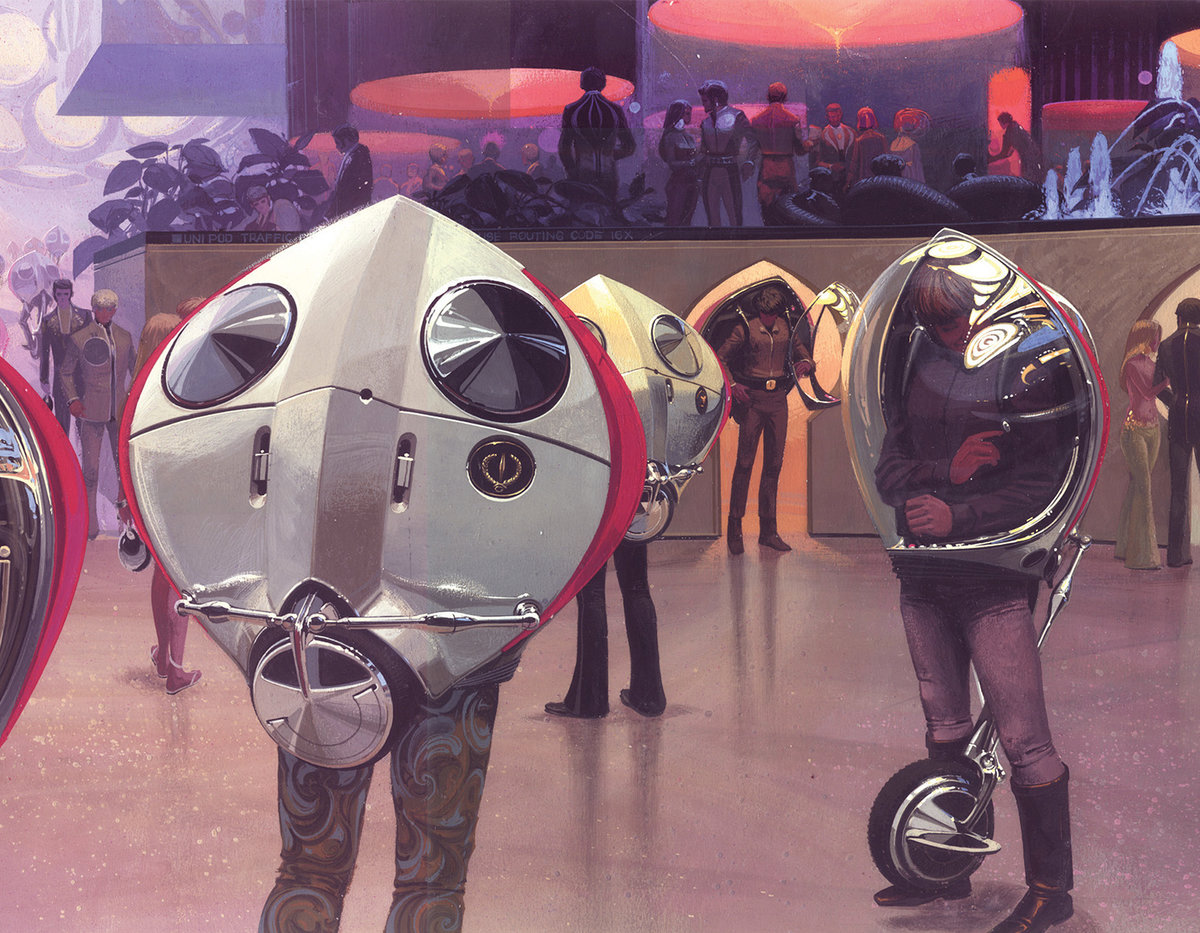From Learning by Living to learning in my Living(room)?
by Willy Müller, Founder IaaC & Urban Sciences lab Director.
The current situation of crisis throughout the Planet forces us as to make a reflection that I want to share with you. It is a part of our experience at the IaaC to develop visions about the future of the urban scale, which can be imagined in a very experimental way, how habitats in which we will live shortly will look like and how they should be organized.This is why a crisis of this type, which directly affects the whole urban ecosystem in general, should be understood by the entire academic community as an opportunity. We need Ideas now, urgently.
We believe that one of the victims of this global crisis is specifically the city, as a public space to share, to communicate and to expand our life experience in every way; and these days we are suffering a reduction until almost disappearance of all this public space replacing the square by the shared screen, the face-to-face talk by the shared audio, or our 360º vision by the fixed point of the camera.
All our experience of teaching and learning is being put into stress: from learning by living of our immersive research lines in overcoming learning by doing, to learning in my living (room) today: re-education of habits, new synchronies and scenarios, adaptation of formats and scales to the size of our new vision on a laptop, iPad or a smartphone screen.
But, what will happen to our cities?
In the history of Architecture, there have been different visions of this same problem, from the bunker cities faced with the threat of a nuclear war, to biosphere cities as the iconic image of Buckmister Fuller’s dome over New York to protect us from environmental threats. Or on another scale, from the suggestive images for science fiction movies created by Syd Mead*, to the developments of design and prototypes to create a community on Mars.
From our bodies to the city, a sequence of absolutely strategic dissolved scales for all of us who teach and work in the field of expanded design. From the Iaac we teach our students to develop the skill for rapid switch between zoom-in and zoom-out: the ability of scales’ shifts, between bits and geographies, or, more closer to our body in the extraordinary circumstances we live in: the ability of the retina to adapt to different fields of light, at different depths of field.
We have time, and we have an opportunity.We normally experiment with known elements for specific situations that will occur in the future.
Now we expect you to experiment with ideas of the future for a extremely real situation.
* SYD MEAD, UNI-POD, A personal transport design.1969.

